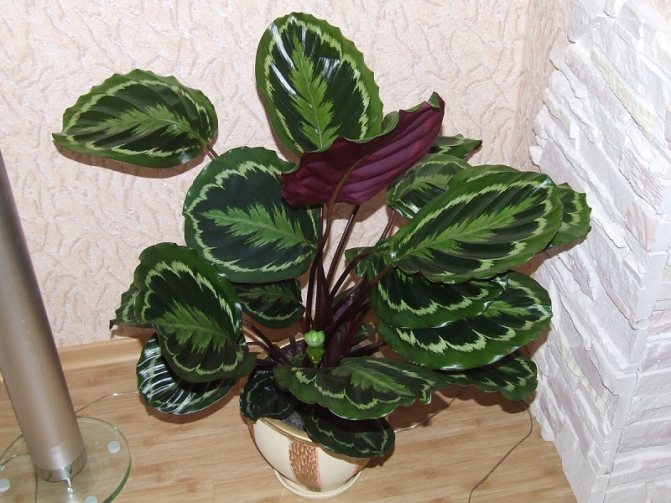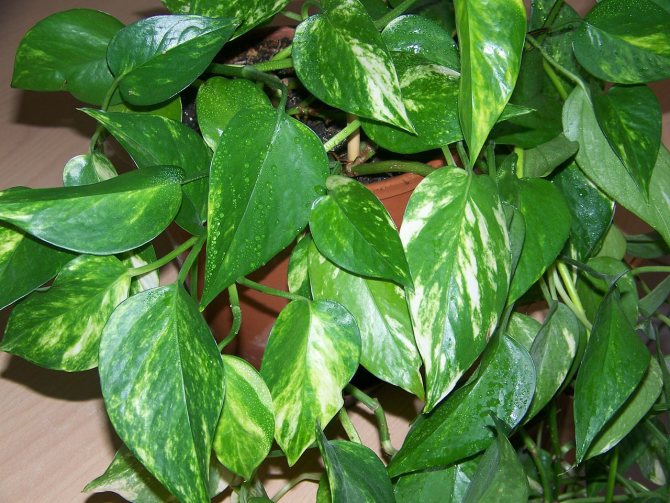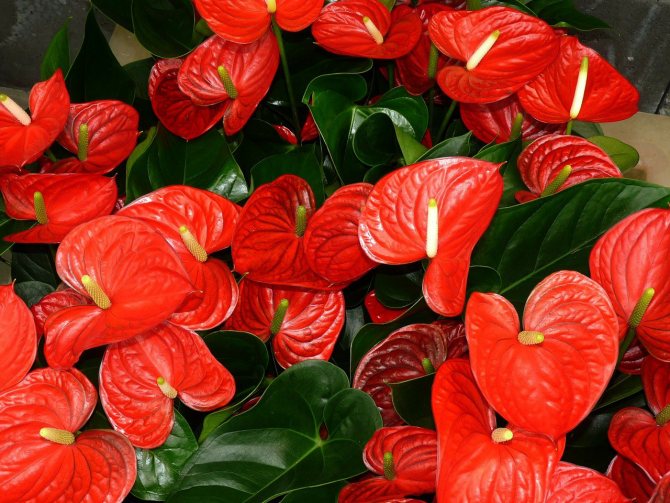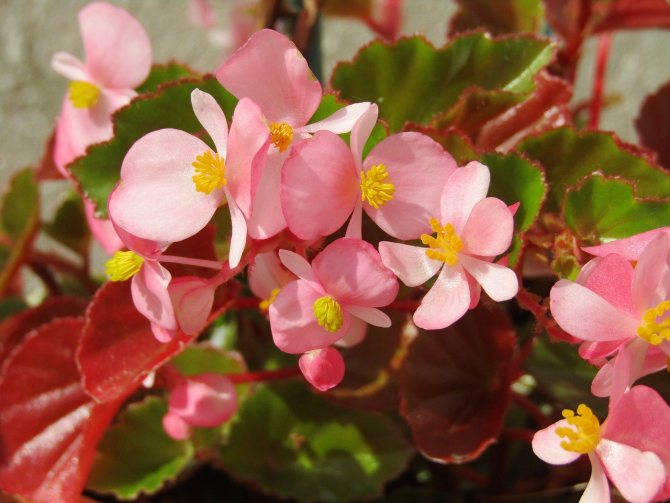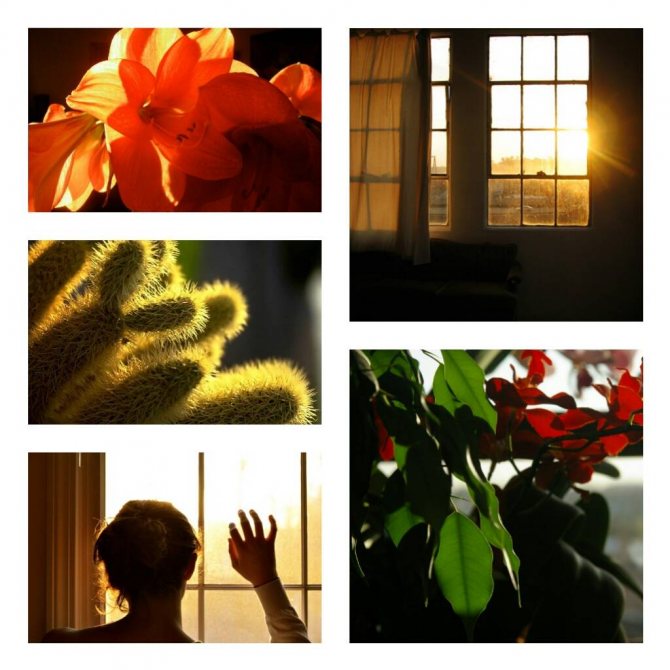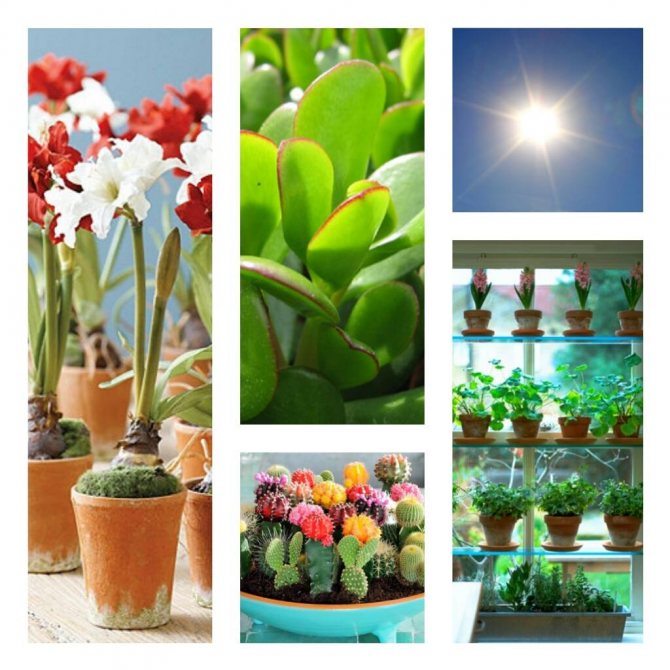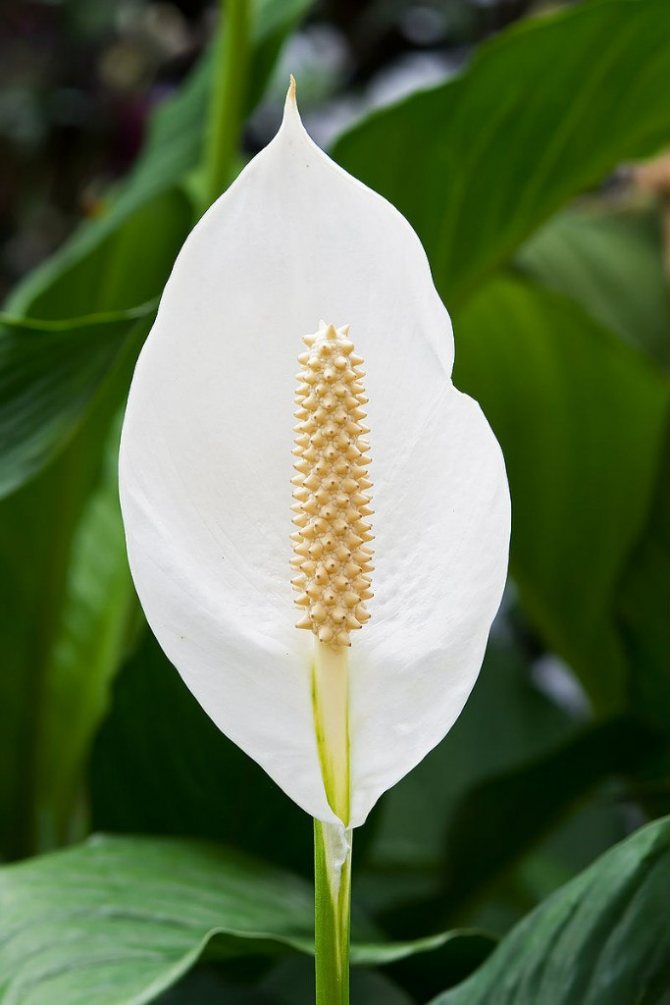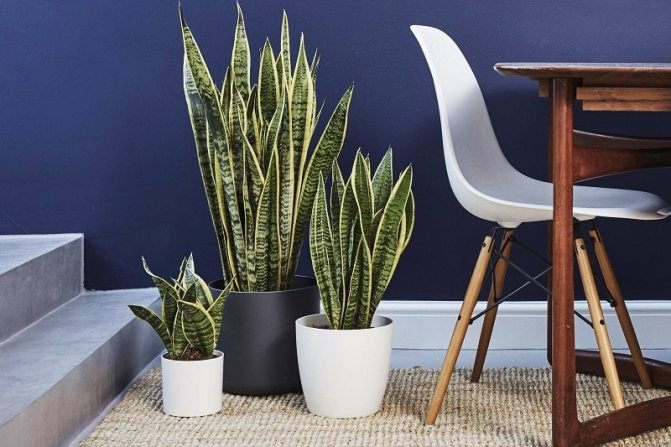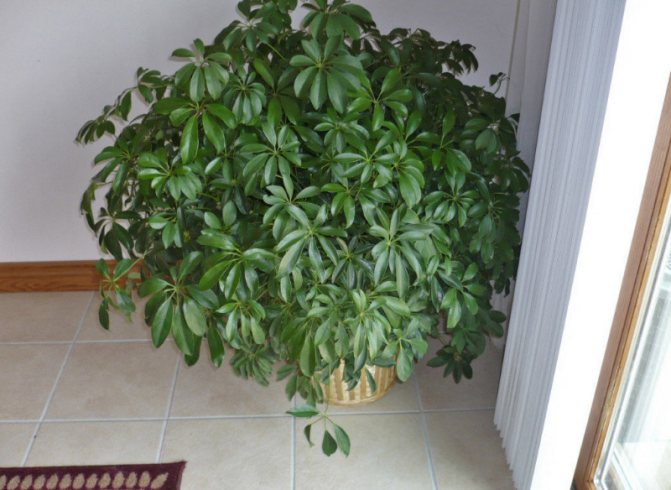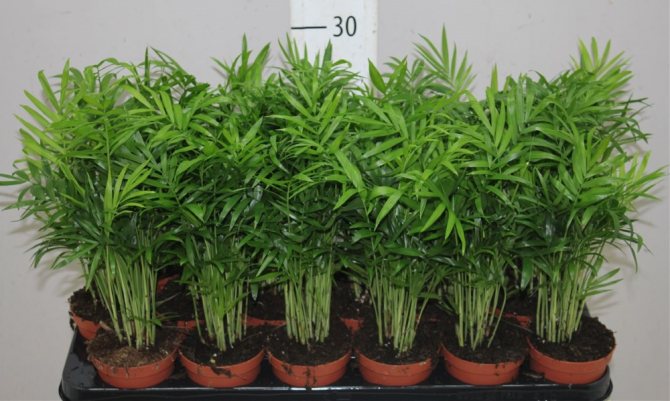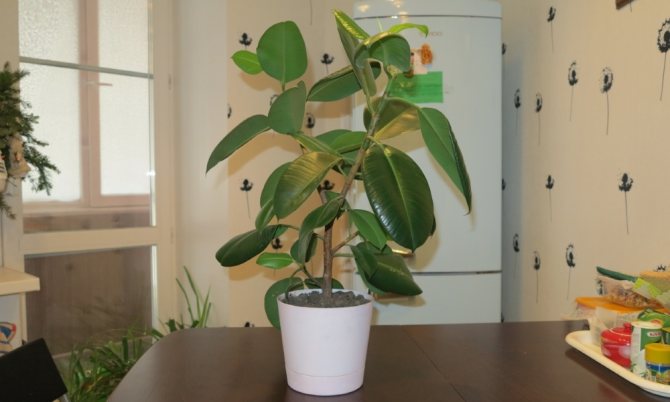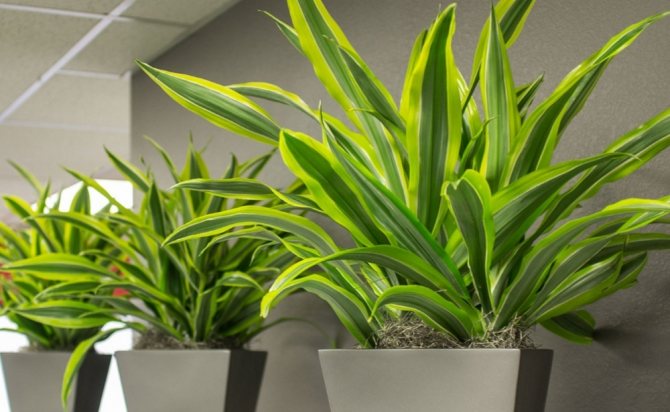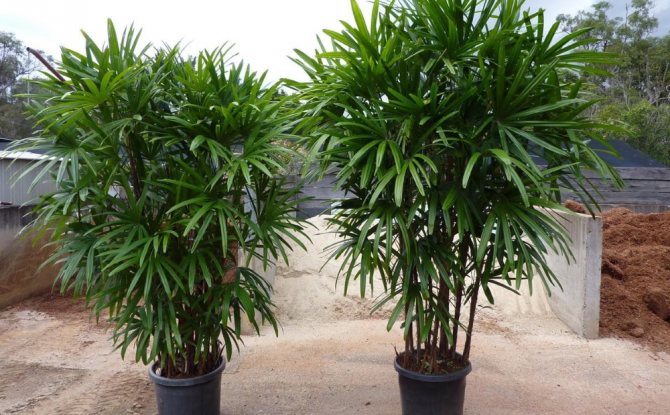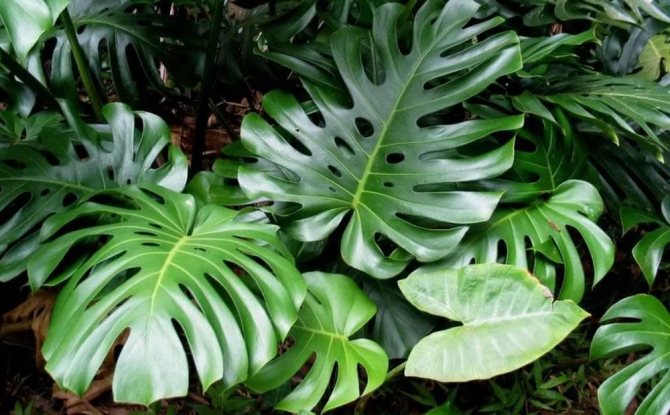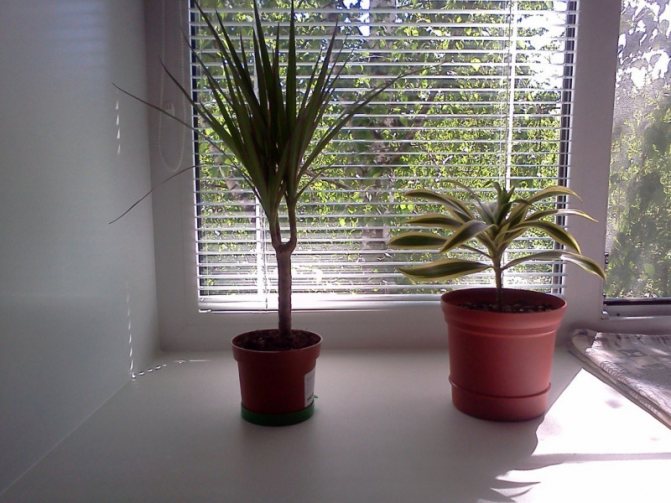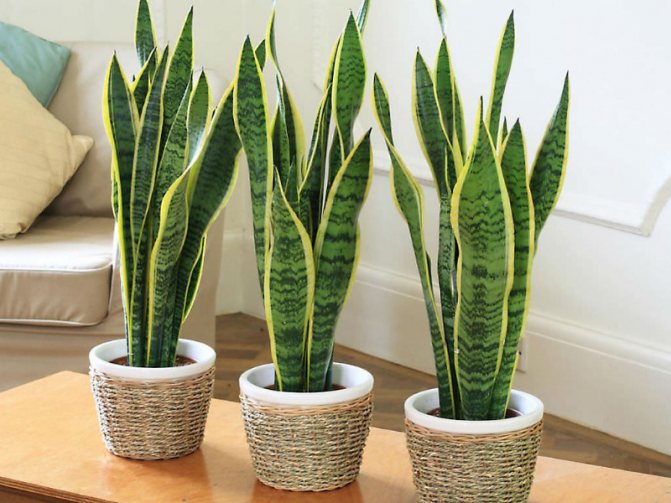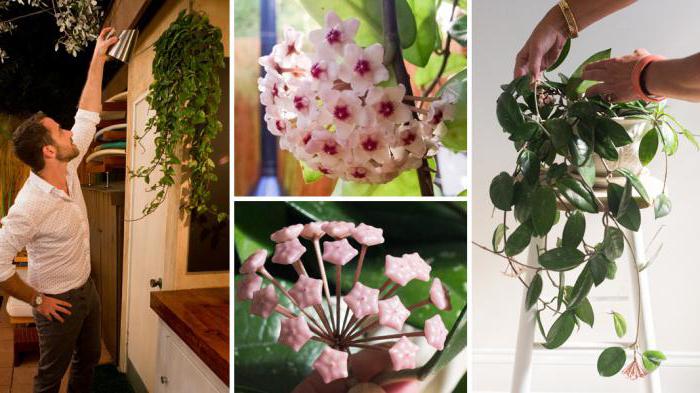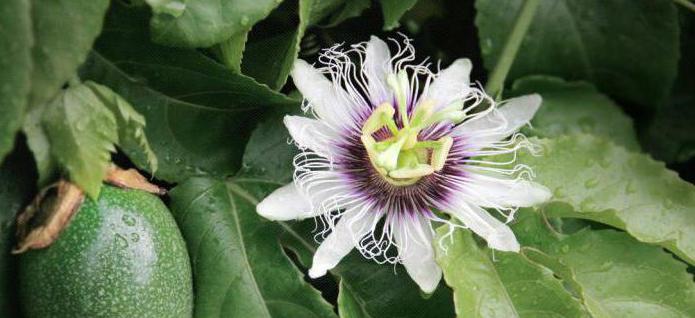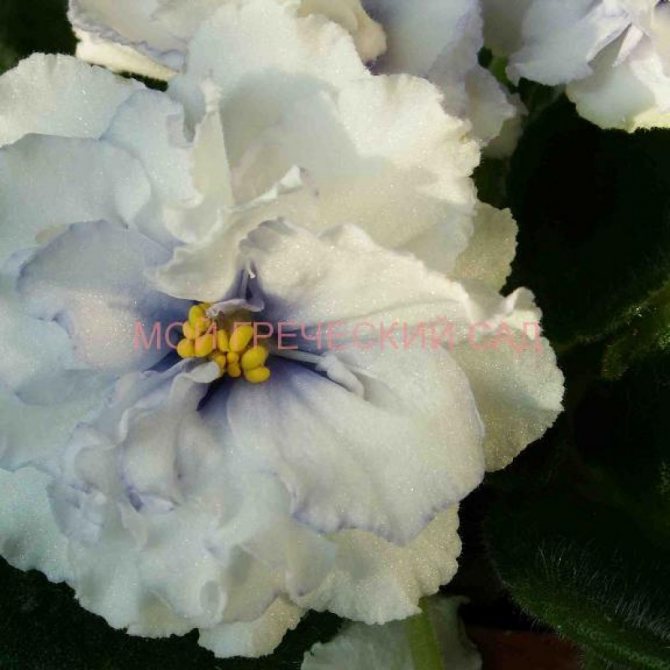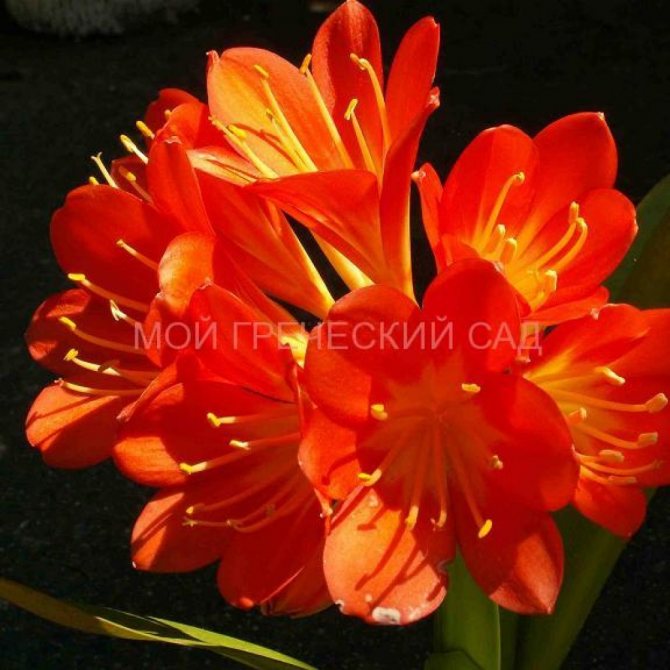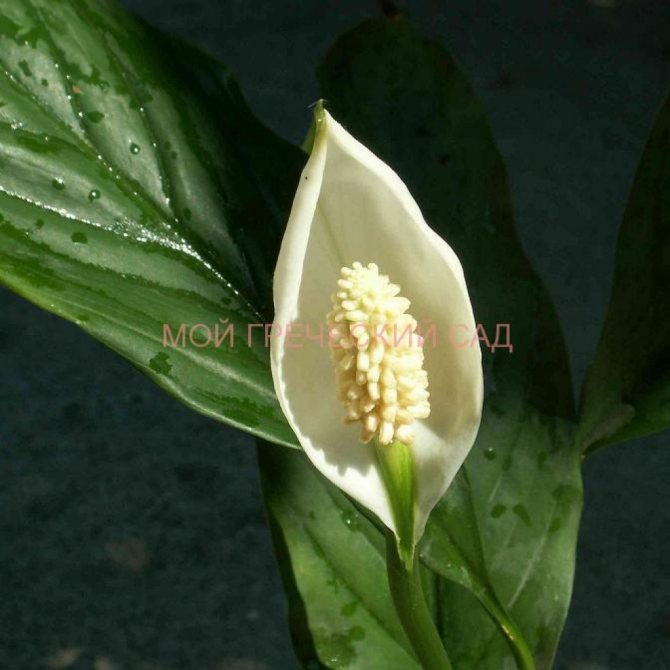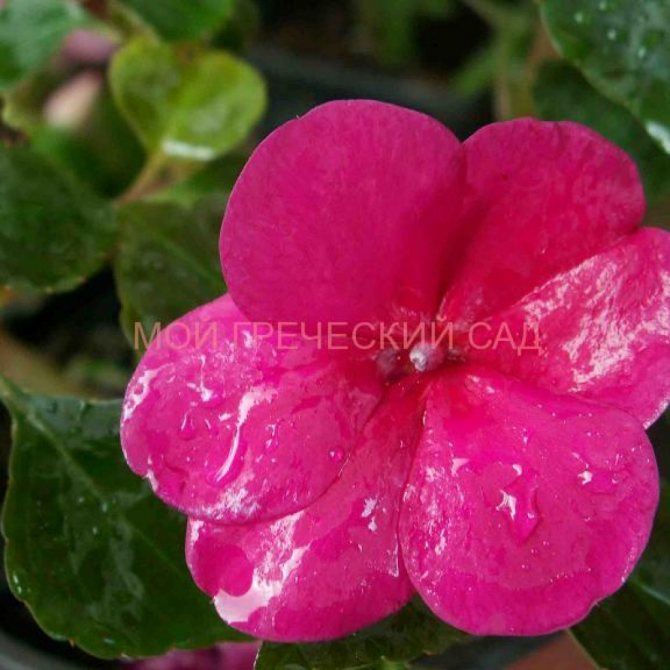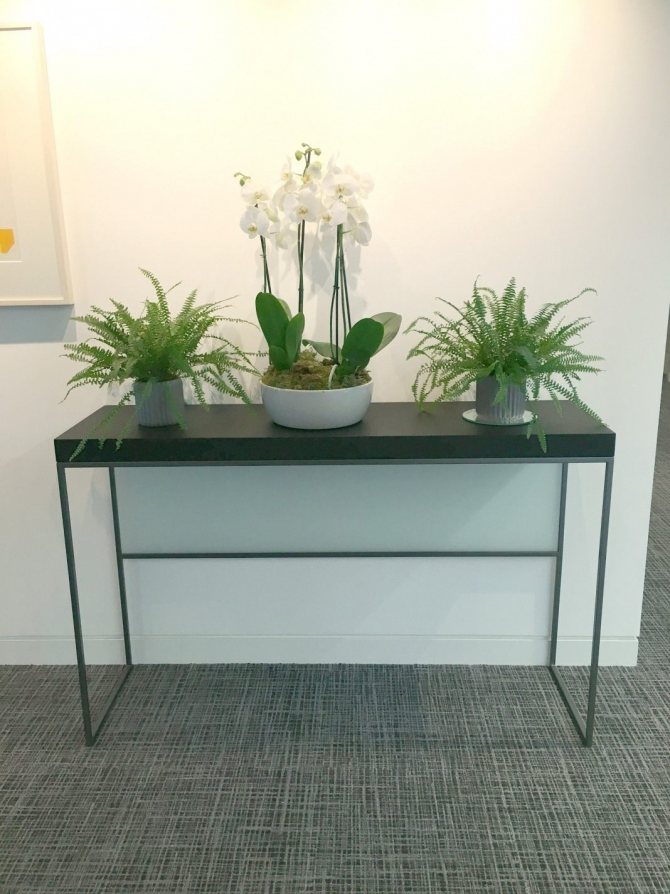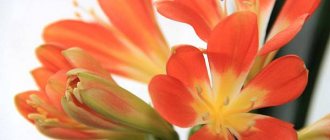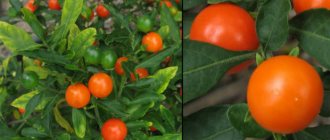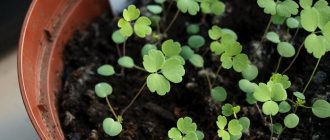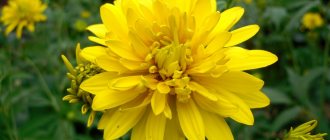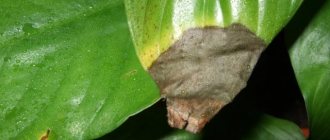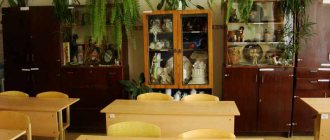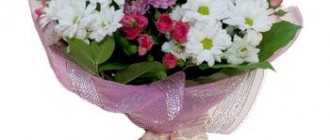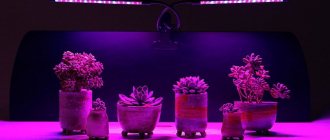For some reason, it is believed that most indoor plants do not like the sun and southern windows are the most unsuitable for indoor plants.
On many sites, it is advised to shade almost every plant from direct sunlight. Well, except that it is still permissible to put cacti on the southern windows. Before following such "sensible" advice, it is better to think, experiment and use your own common sense.
First of all, no one will dispute the fact that the sun is the real elixir of life, necessary not only for the normal growth and development of plants, but also for the formation of flower buds.
Most of the usual indoor plants come from the tropics or subtropics, where the sun is much brighter than in Moscow. Even under the canopy of the rainforest, the intensity of sunlight is higher than at the latitude of Northern Europe.
But why dracaena, which grows safely under the bright southern sun in tropical regions of Africa, Madagascar, Socotra, the Arabian Peninsula in rainy St. Petersburg, is advised to shade from the sun?
Adenium can be found in the wild in Saudi Arabia, Yemen, Oman, and in the hot and dry regions of the African continent. This plant has a thick bottle-shaped trunk in which it stores moisture during dry periods. Cyperus grows along the banks of the Nile, bokarnea - in Mexico, different types of milkweed in the hot African climate survive well. Palm trees grow in deserts, but at home on the southern window they can face a terrible danger in the form of sunburn ?!

South windows are different, despite the fact that they are directed to the same direction of the world. The solar window can be in St. Petersburg or Baku. You will not argue that the intensity of sunlight will be different?
In autumn and winter, a sunny south window may be the only place in an apartment where, in a short day, your indoor flowers will feel normal.
The window can be on the first or second floor. A tree can grow in front of it, creating a slight partial shade with its green leaves in the summer, and letting in all the meager light of a short day in the cold. Or maybe there is a window on the 16th floor without a loggia and not have blinds. The first is almost ideal for all light-loving plants, and on the second, you need to think about what to place.
Why, on sunny windows on the south side, the plants often dry out or look wilted, despite good watering. Why do brown spots and dried patches appear on leaves and flowers?
Firstly, very often not the species that live in the wild are grown in room culture, but their hybrids. And hybrids are often specially bred with features such as the ability to grow in a dimly lit place, and they do not tolerate direct sunlight.
Secondly, when spraying and watering, drops of water, remaining on the leaves, act as lenses in the sun and can damage the plants.
Thirdly, placing an ordinary thermometer on a windowsill lit by the sun on a hot summer day, you will notice that the temperature has risen much higher than 30 degrees outside the window. May show around 45-50 degrees or more. The temperature of the flower pots is the same! Especially if they are made of dark glazed ceramics.How do the roots feel in small pots at this temperature? Maybe they just boiled, which is why the plant is sick?
Place flower containers in decorative light-colored pots or keep plants in porous ceramic pots - it quickly evaporates moisture, but when it evaporates, the pot and the ground cool! Water the flowers the way gardeners water their gardens - at sunset or early in the morning, and not running away to work at the beginning of a sunny summer day. Use fabrics or nets to decorate your pots and protect them from the sun.
Almost all representatives of the amaryllis family - hippeastrum, amaryllis, clivia, nerina - are light-loving plants. They bloom in late winter or spring and autumn on the southern window. But many bulbous plants can bloom beautifully on northern windows in spring, if they stood on a balcony or in a garden in summer and autumn.
Most flowering plants only grow buds in good light. Pelargoniums, balsams, fuchsias on the south window bloom in early spring and bloom until late autumn.
Unfortunately, not all plants are suitable for the sunny side: so it is worth choosing the right flowers for your balcony There is one simple hint lying on the surface - on the sunny side you need to grow flowers that are not afraid of the aggressive sun. Namely, those that grow in southern cities, in flower beds, without any protection from the external environment.
Sunny side: what flowers to plant
If you have been to the resorts, you probably noticed the lush blooms of simple, but such bright, beautiful flowers. They also create a special atmosphere of the southern city. These are the plants that need to be grown on a sunny balcony. It is worth dwelling in more detail on the brightest representatives of this group.
Petunia is called the "queen of balconies": therefore, it is perfect for the sunny side
Flowers for the sunny side:
- Nasturtium
... Easily tolerates the sun, it will bloom until frost. One of the most common drought-resistant plants. You can plant a low-growing species of nasturtium, but some people also like the tall representatives of this plant, reaching several meters in length. - Geranium
... There are representatives of this species that tolerate heat well. This is a zonal or ivy geranium. True, the latter does not like the wind. - Petunia
... Take the kind of petunia that differs in small-leaved forms, if you like ampelous petunias, they do not like the wind. Typhoon is the best for balconies and loggias. - Purslane
... Suitable ground cover plant, very easy to care for. It will bloom from July to the end of September. This flower grows on light sandy soil, loves the sun so much that after it sets it simply closes. - Snapdragon.
Non-capricious flower that easily tolerates heat. It is distinguished by its amazing colors, interesting shape. It will bloom from the end of May until the coldest days.
One of the main disadvantages of zoned geranium is an unpleasant odor
These are, of course, not all flowers. This list can include begonia, phlox, gailardia, stonecrop, cymbalaria, etc.
Gelksina
Gelksina, or saltyrolia, is a decorative bryophyte flower from the genus Nettle. In its natural environment, it can be found in the moist shady forests of the islands of Sardinia and Corsica. Soleirolia looks like a fluffy green ball, consisting of many small leaves and barely noticeable thin stems attached directly to the bulb. It stands out for its unpretentious care: it is not afraid of drafts, sudden temperature changes, and it does not need to be fertilized. It is enough to water the plant 2-3 times a week, and also prune it as the branches grow strongly.
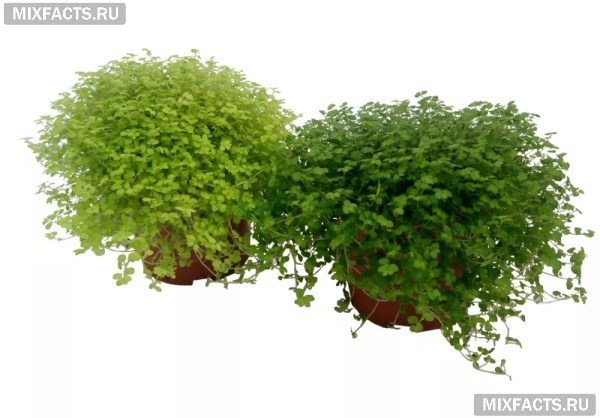

helksina
Indoor plants for the south balcony
Among this list of colors, and it will be large, you can select those that require minimal maintenance.
Kalanchoe grows in the tropics and subtropics: that is why it is not affected by the sun's rays
Such plants will perfectly take root on the southern balcony.
:
- Abutilon;
- Echeveria;
- Passionflower;
- Myrtle;
- Kalanchoe;
- Cacti;
- Equifolia bell;
- Clivia;
- Bougainvillea, etc.
On the southern balcony, the water from the containers evaporates quickly, and even if you know that the plant is completely unpretentious, keep a spray bottle with water in place to give the flowers nutritious moisture.
Ficus
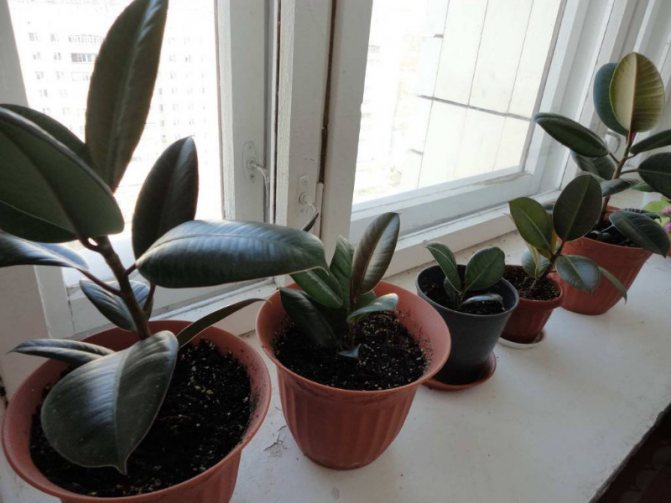

Ficus is native to Southeast Asia, the islands of Java and Ceylon. Ficus is an evergreen or deciduous tree. The flower needs proper care. Usually it is placed in a room with dim lighting, since with a lack of lighting, its internodes lengthen and leaves fall. Ficus is sensitive to temperature changes and cold winds. It does not require regular moderate watering and frequent spraying.
Flowers for the balcony east side: what to choose
The peculiarity of the eastern side is that it receives its sun in the morning (and the western, for comparison, in the evening). The gentle sun is a very good bonus for an amateur grower, and especially for a beginner who does not yet know all the nuances of growing flowers.
Geranium prevents weeds and other harmful plants from growing
Most popular plants for the east side:
- Tuberous begonia;
- Marigold;
- Balsam;
- Ageratum;
- Geranium;
- Petunias.
Dahlias, viola, asters, sweet peas, matiolla, lobelia, verbena will also feel great on the eastern balcony.
The higher the balcony, the lower the flowers should be so that the wind does not break their stems. A flower garden of low-growing varieties sometimes looks more impressive than a rich "multi-storey" flower garden.
Sansevieria
Sansevieria, or mother-in-law's tongue, is an evergreen perennial from the Agave genus. Under natural conditions, it grows in the humid tropical zones of Eastern India, China and Central America. The plant stands out with elongated, feather-shaped leaf plates with a pointed tip and unusual paniculate green inflorescences. The budding period occurs at the end of April. To strengthen the root system, use ready-made liquid mineral fertilizers. Water the clod at least once a week. Sprinkle the leaves with warm water at least 2 times every 7 days.
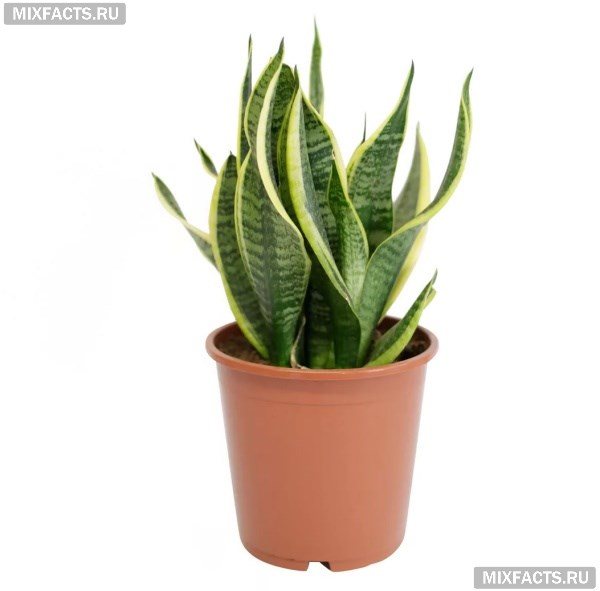

sansevieria
Northern part: what to grow on this side
The north side has natural shading, so you shouldn't expect lush flower beds there. Do not try to plant a purslane on the north side - to no avail. But begonia and fuchsia will quite take root on such a balcony.
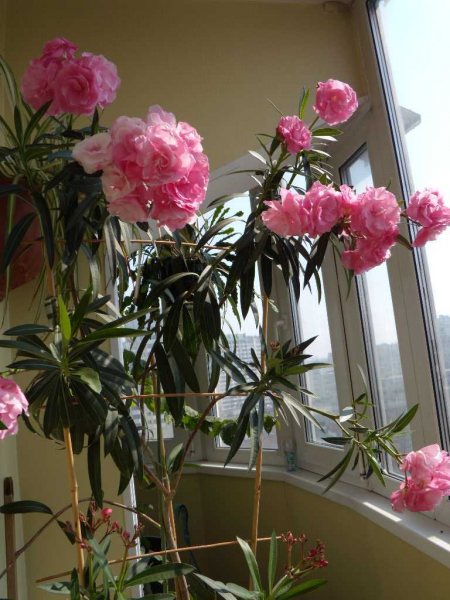

Oleander has a mild and sweet scent
In order to somehow brighten up a not very active flowering, you need to choose plants with a variegated color.
Also suitable for the northern balcony:
- Cissus;
- Zebrina;
- Oleander;
- Aspedistra;
- Tradescantia.
To somehow revive the background of the northern balcony, choose flowers with a bright color, for example, the vertical walls of ampelopsis or ivy.
Asplenium
Asplenium, or kostenets, is a fern-like plant with huge lush leaves that can reach 1 meter in height. In nature, it can be found in many climatic latitudes of our planet. This is due to unpretentiousness to the conditions of survival. A feature of asplenium is considered to be rapid growth, therefore, it must be pruned twice a year. The optimal number of waterings is 3 times a week. Try to often humidify the air in the room using a spray bottle. As for the temperature, Kostenets perfectly adapts to normal room conditions.
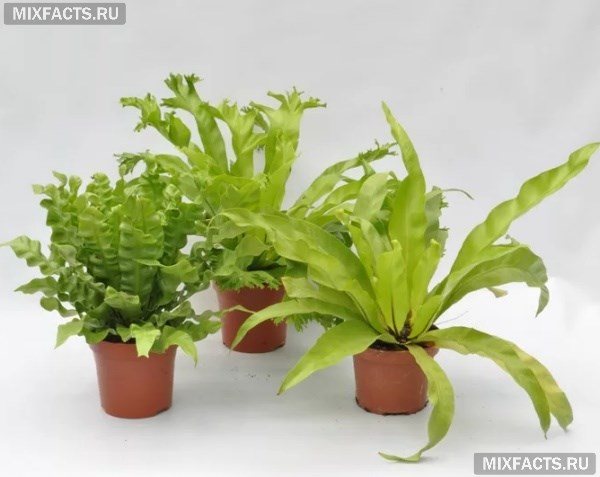

asplenium
Climbing plants for the balcony: what to choose
If the balcony is not glazed, you better stay on unpretentious, hardy plants. In order for the plants to look good, choose them according to the contrast principle - they should not merge with the wall.
It is best to combine various flowers on the balcony: this one will create a special, romantic interior
You can take ivy on the shaded balcony, it can easily endure even strong winds, but there is no frost resistance at all. But girlish grapes are good for everyone, so they will feel great on the northern balcony.
The southern balcony will be decorated with wisteria and climbing roses, but, rather, they are good for the southern regions.
For a sunny, always well-lit balcony, you can choose: Chinese lemongrass, ornamental beans, morning glory, honeysuckle, actinidia.
Dracaena marginata
Dracaena marginata, or dragon tree, is a short shrub belonging to the Asparagus subspecies that grows in the tropical forests of South America (mainly in ravines and in shaded areas). Its straight trunk has densely arranged leaves. In appearance, the plant slightly resembles an ordinary palm tree. Dracaena blooms quite rarely - once a year. In this case, small paniculate buds of white or cream shades appear. Immediately after the purchase, determine a darkened section of the apartment for the tree - it does not tolerate sunlight. Choose a spacious pot by arranging a expanded clay drainage system in it. The amount of irrigation is 2 times every 3 days.
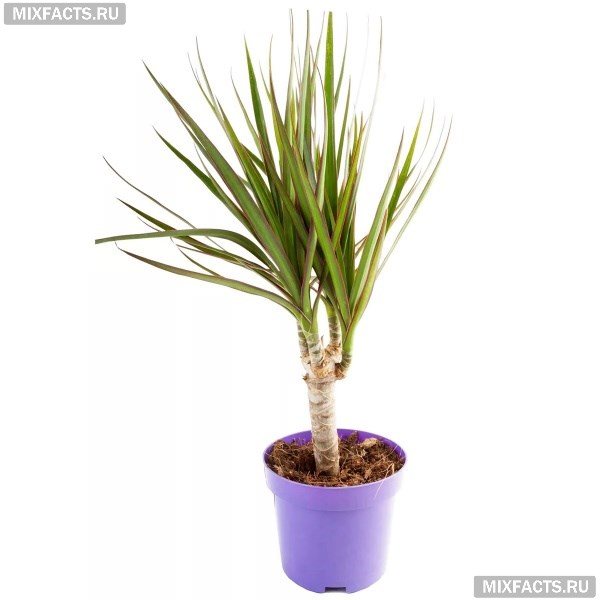

dracaena marginata
Ampel plants for the balcony: what will give the balcony a zest
If we are talking about ampelous plants, then they can create a special atmosphere on the balcony. True, for this you need to be able to collect beautiful flower arrangements.
The most optimal solution for the balcony will be curly roses.
Examples of ampelous plants on the balcony:
- Diaztia and verbena - they are good both in a duet and separately;
- Bright fuchsia is always a charm on the balcony, a cute and pretty accent;
- Torenia and Scovola are great choices for those who love sky blue hues;
- Snapdragon, yellow lip - these juicy yellow flowers make the balcony very bright and cheerful;
- Large-flowered petunia, especially its terry varieties, can be folded so compositionally that an incredibly beautiful picture will turn out.
If we are talking about a sunny balcony, then the most suitable for him are verbena, petunia, ageratum, bidense, diastia.
About the variety of shade-loving plants
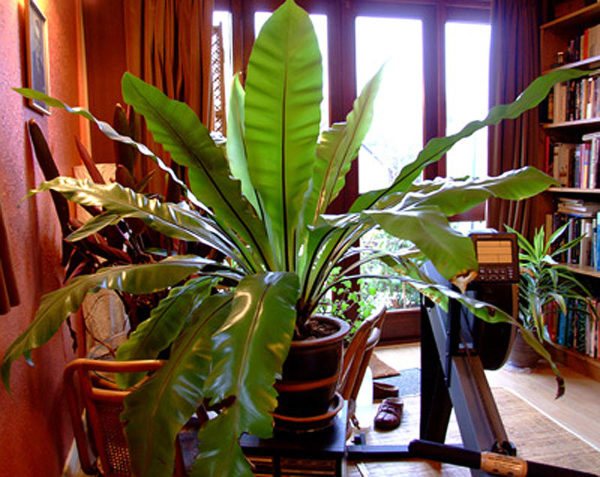

A huge bone in the back of the room.
How effective are shade-loving plants for creating green corners at home? It is safe to say that these types produce spectacular decorative compositions that perfectly emphasize a certain style of the room and add a touch of warmth and comfort.
Shade-tolerant indoor plants are distinguished by a wide variety of species, while monotonous greens can be decorated with specimens with multi-colored leaves that increase the decorative effect.
Among the indoor ones, whole families can be distinguished, whose representatives can be grown in dimly lit rooms. It is worth noting that more than one plant cannot grow in absolute darkness, because their life depends on photosynthesis, which is impossible without light.
Among the domestic green pets, there are varieties for which the shade is simply vital. Shade-loving indoor plants cannot live in bright light - their leaves lose color, discolor, ugly spots from burns can appear on them, they quickly lose moisture in the light, which ultimately leads to death or serious stress. When grown in the shade, such specimens feel comfortable and excellent, even if the pots with them are on the floor.
Let's take a closer look at which house plants can break the shade-tolerance record.
Types of climbing plants (video)
The sunny balcony is the place for unpretentious, drought-resistant, bright colors.Experiment, create compositions interesting in color, bright combinations, unexpected tandems, and the beauty created by your hands will delight both you and random passers-by.
North side
The north side is conventionally called the rooms facing north. Very little sunlight gets here, so it is always quite gloomy here.
Plants will have to be placed in these rooms no further than 1.5-2 m from the windows. A greater distance from the window will be considered dusk for plants.
North windows should have adequate thermal insulation and double glazing.
They are necessary to limit sudden temperature changes during the day. On the north side, you can make a veranda or a greenhouse, where in the summer you will be very comfortable during the summer heat.
Indoor plants for the north window
Aglaonema, anthurium, maidenhair, asparagus sickle, asplenium bulbous, aspidistra, blehnum, venus flytrap, davallia, disa, darlingtonia, fragrant dracaena, clivia, miltonia, bell, papiopedilum, ivy, ficillus ficinus, selaginus goblet, cytomium, Persian cyclamen, episcius, cissus.
South side
Let's call the south side conditionally the rooms facing south. The south windows receive a lot of sunlight. In the northern regions, this is the most ideal place for indoor flowers, and in the southern latitudes, use these windows with caution.
You'll have to provide curtains and air more often
, as your pets can get sunburn, and too dry air promotes the reproduction of pests. Also, from too dry air, the leaves of plants begin to fall off. You will immediately have to purchase a sprayer to maintain the required air humidity.
Indoor plants for the south window
Abutilon, pineapple, avocado, beloperone, banana, bougainvillea, brugmansia, gemantus, gloriosa, hibiscus, home rose, zantedechia, jasmine, cacti, catharanthus, callistemon, cordilina, catharanthus, cordilistephia, pacifolia, pigeon netcreasia, succulents, strelitzia, tunbergia, date, Benjamin's ficus, hoya, chlorophytum, citrus, ceropegia, yucca.
East side
The eastern side is conventionally called rooms, in the windows of which direct sunlight falls only in the morning. This is a very soft light, the most favorable for plants.
In the southern regions, many indoor plants grow well on windows that do not face the northeast, and in the northern regions, it is better to put indoor flowers on the southeast windows. The only drawback of the "eastern" room: the temperature changes very quickly in it.
Indoor plants for the east window
Alocasia, asparagus, araucaria, azalea, achimenes, aphelandra, begonia, gardenia, dracaena, dieffenbachia, zamioculcas, ginger, caladium, clerodendrum, calathea, cypress, columnea, crossandra, coffee tree, arrowroot, nepentus, nephrolepisia , syngonium, fatsia, ficus binnendika, cherry ficus, philodendron, fatshedera, hovea, ehmeya, eschinanthus.
West side
The western side is conventionally called rooms in which direct sunlight appears only at sunset. This is ideal for plants in areas that are too hot in summer.
Western rooms are easy to maintain a moderate temperature throughout the day.
... Particular attention should be paid to the thermal insulation of window frames and natural ventilation of rooms, if windows do not open in them, since most often winds blow in westerly directions.
Indoor plants for the west window
Allamanda, akalifa, brunfelsia, vriezia, gusmania, grevillea, dendrobium, jacaranda, cattleya, coconut, codiaum, small-leaved carmona, ragwort, mandevilla, monstera, medinilla, neoregelia, oncidium, odontoglossomia, polysacia, pasanicus , lead, spathiphyllum, sparmannia, stephanotis, tillandsia, rubber ficus, phalaenopsis, fuchsia, shefflera, cyperus, jacobinia.
Choosing a plant for the southern balcony is a difficult task, since most of the really beautiful ones cannot tolerate high temperatures or direct sunlight. We will help you choose a compromise option that will turn your windowsill or balcony into a blooming greenhouse.Consider the options for placing pots for various types of balconies.
Calathea
Calathea, or ornata, is an unusual representative of the Marantovaya family. The countries of Central and South America are considered his homeland. There are more than 200 varieties of this plant. Patterned oblong leaves, spike-shaped inflorescences of violet or malachite shades are the main external features of the ornata. When grown at home, the flower requires special rules. Temperature range - 20-23 C in summer, at least 18 C in winter. Irrigate the soil layer at least 2-3 times a week with warm, settled liquid. Mainly in the spring, feed the roots with mineral fertilizers. As the stems grow, carry out the backbone. The optimal location is north windows or a special stand in the corner of the room.
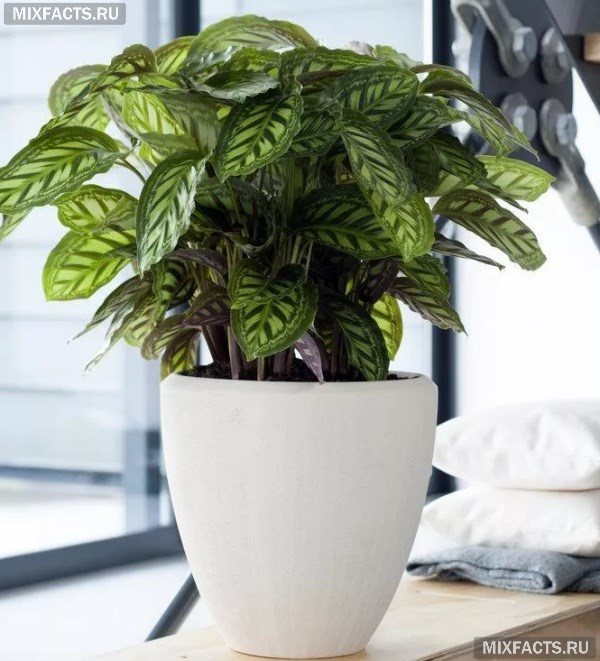

calathea
Balcony landscaping rules
Before you start landing on the balcony, you need to discuss the basic rules of landing, on which not only the beauty of the overall composition depends, but also the state of themselves.
Horizontal decoration
The horizontal arrangement is best for large, long loggias that have enough space to accommodate plants in a row. Consider several options for the arrangement of flowerpots for horizontal design.
First option
provides for placing pots on the floor, near an internal or external wall. For such a placement, shade-tolerant ones are suitable, which, at the same time, do not tolerate direct sunlight.
Important!
It should be understood that the first option provides for a solid external wall, and not a forged protective grill.
Second option
- placement of flowerpots on the railing of the outer wall of the balcony. In this case, it is worth giving preference to those that perfectly tolerate direct sunlight.
You can place either one continuous long pot in which all plants will grow at once, or single vessels.
Vertical design
The vertical design provides that the flowers on the balcony will be arranged in a kind of cascade from bottom to top.
The vertical arrangement of plants also has several variations:
Did you know?
To avoid overheating the root system, choose pots that are painted white or less vibrant, warm colors.
Dieffenbachia
Dieffenbachia represents the genus Aroid. In nature, it can be found in the moist forests of Brazil, Mexico, Chile or Peru. Most species are characterized by: variegated elongated leaf plates, dense juicy stem bases and cob-shaped buds, appearing about 2 times a year. For placement in an apartment, choose a poorly lit place. Loosen the soil periodically and feed it with organic mixtures (wood ash and mullein). Since Dieffenbachia grows from the top, pruning may be required. Abundant watering is not required, 1 irrigation per week is enough.


dieffenbachia
Choice of colors
We turn to the choice of suitable plants for the balcony, which will withstand direct sunlight, frequent drafts and various invasions.
Annuals
Let's start with the balcony flowers that can survive on the sunny side.
The first flower on our list is , or dandur
... The plant is considered perennial, but in our conditions it is grown as an annual. Average height -30 cm, flowers are yellow, red and white.
The plant is interesting in that it perfectly withstands direct sunlight on the southern balconies and has a long flowering period (from June to September). Also, caring for purslane is reduced to regular.
The second candidate is. Another one that is grown as a one-year-old. The ampel plant has a stem reaching 50 cm in height, blooms with small blue, orange or purple flowers.
It does not differ in unpretentiousness, however, it has a huge plus - the possibility of re-flowering after cutting off the faded part.
If you like different varieties of daisies, then this next flower will be your favorite. - "African chamomile", which belongs to the Astrov family.
There are both perennial and annual variations of gatsania, but they all have good drought tolerance.
The flower grows up to 30 cm in height, during flowering pleases with large baskets up to 9 cm in diameter, which are painted in warm colors.
It is striking in that up to 30 inflorescences can form on one plant, turning the bush into a huge bouquet of large daisies. The plant thrives on the south side of the balcony in direct sunlight. Another positive side is the large amplitude of permissible temperatures at which gatsania blooms well and does not lag behind in development (from -5 to +30 ° C).
The unpretentious African woman will delight you with flowering from the beginning of July until the first frost. The flower is especially relevant for the southern regions.
Biennial
Now let's talk about biennial plants that will look great on the south side of the balcony.
Let's start with those that are known to all gardeners. Small, which pleases its owners with beautiful double or semi-double inflorescences.
The main advantage of the plant is its resistance to all pests and diseases, however, some viral diseases can still infect. The flower tolerates direct sunlight and is not picky about the composition of the substrate.
Important!
Although the flower is perennial, it is grown in culture as a two-year-old.
Another biennial that is suitable for a hot southern balcony is Turkish, or bearded,
... Unlike tall garden varieties, this plant has a length of the aerial part from 20 to 60 cm, and its height can always be reduced to an acceptable size.
Like the above flowers, it perfectly tolerates direct sunlight and does not require special care. The advantages include drought resistance and frost resistance. This is followed by a variety - Wittrock
... The plant is perennial, but cultivated as a biennial plant. The maximum height of the aboveground part is 30 cm, the plant is compact, highly branched.
Flowers of various colors, there are variations with colored spots and stripes. The buds are large, the average diameter is 7 cm.
The main advantage of the flower is its versatility, as it grows well both in the shade and in direct sunlight. Suitable for more northern regions, since the optimal temperature for is 10-15 ° C.
Perennial
Perennial balcony flowers for the sunny side are represented by a huge variety. Many of the above can also be grown as perennials. However, the problems associated with wintering them make the plants too capricious, and caring for them more difficult.
Did you know?
The smell of pelargonium scares off flies, but at the same time many people do not tolerate it, as it can cause headaches or allergies.
After discussing the color options for the sunny side of the apartment, we will talk about the rules for keeping them in not very comfortable conditions.
Under the sun's rays, perennials bloom with special splendor and beauty. The choice of their species and varieties is large enough so that every gardener can find plants of the color, shape and flowering period that suit him.
The most successful places for many abundantly flowering garden perennials are open to the sun.
Here such noble long-flowered flowers as lilies, peonies and phloxes can show themselves in all their glory. They tolerate short-term daytime shade rather calmly, however, longer shade and even openwork shade from trees and shrubs seriously affect their prosperity.
Especially sensitive in this respect are large, lush-flowering selection varieties of sun-loving perennials.For them, the most optimal ridges with fertile and sufficiently moist soils.
The design of sunny areas depends entirely on your taste and, of course, on the real possibilities of your garden. Small flowerbeds in the front garden can be arranged no less impressively than a rabat stretched along the garden path, a "ribbon" of perennials along the border of the garden, or a flower island in the center of the lawn.
In any case, it is very important to skillfully combine plants for growth. Such tall and lush-flowering crops such as krasodnev, mallow and lupine are most advantageous in the “distant” section of the flower bed. Their flower stalks will rise above the shorter crops in the foreground, which in turn will cover the base of their shoots.
Compact cushion perennials are very suitable for decorating a beautiful transition between a rabat open to the sun and a lawn, terrace or garden path - shrub aster
,
gray carnation
or
bell carpathian
... They will reliably cover the soil with a dense leafy cover, which will decorate the edges of the rabatka at the time when flowering ends.
The most important advantage of sun-loving perennials is a colorful outfit. Their multicolored arrangement looks best against a calm background of trees and bushes.
To achieve certain color combinations, it is necessary to take into account the frequency of development of each individual culture.
Perennial flowering peaks between June and August. At this time, such large yellow-colored "sun-worshipers" such as rudbeckia
,
heliopsis
,
coreopsis
,
helenium
as well as juicy red
monard
and
knifofia
.
Calm white and blue notes in this flavor are brought by various types and varieties of bell and spur (delphinium).
You can extend the flowering season on a sunny bed with the help of such attractive autumn flowering crops as sedum
,
garden chrysanthemums
or
autumn asters
.
Most perennials bloom again in the fall if they are promptly cut off after the main flowering period. These plants include delphinium
,
stenactis
,
catnip
and
scabious
.
The choice of spring sun-loving perennials is somewhat less. Bloom in April rezuha
,
lumbago meadow
and
Adonis
... In May they are joined by
day-lily
,
catnip
and
pion
.
You can enrich the spring palette with bulbs such as narcissus
,
tulip
and
grouse
... Since bulbous crops become unattractive after flowering, they should not be planted in the foreground.
A variation on an easier-to-maintain large flower garden is a sunbathing lawn. Wild perennials - nivyanik
,
yarrow
,
meadow sage
- thrive here in a motley company with herbaceous plants. Such lawns are sown with a special seed mixture or individual crops are planted on an existing lawn.
Rabatka of sun-loving perennials
This bed of perennials is dominated by soft and delicate colors.
1. Miscanthus - Miscanthus sinensis. 2. One-year malopa three-incised, or hole - Malope trifida. 3. Hybrid variety of yarrow - Achillea "Schwefelbluete". 4. Bellflower milk-flowered - Campanula lactiflora. 5. Perovskia wormwood - Perovskia abrotanoides. 6. Annual hybrid of verbena - Verbena. 7. Sedum-squeaky, or hare cabbage - Sedum telephium (before flowering). 8. Ornamental round-headed onion - Allium sphaerocephalon. 9. Foxtail cirrus - Pennisetum alopecuroides (before the appearance of peduncles). 10. Wormwood Louis - Artemisia ludoviciana. 11. Hybrid variety of yarrow - Achillea "Lachsschoenheit". 12. Hybrid shrub aster - Aster dumosus (before flowering). 13. Hybrid coreopsis - Coreopsis. 14. Fassen's Catnip - Nepeta fassenii "Six Hills Giant". 15. Geranium Himalayan - Geranium himalayense. 16. Annual fragrant tobacco - Nicotiana. 17. Santolina cypress-Santolina chamaecyparissus.
Examples of compositions from sun-loving perennials
| Cascades of colors Well thought out planting allows geraniums, sedum and cuff to receive as much sunlight as the tall wood mallow (Malva sylvestris) in the background. | Warm colors of autumn The delicate and soft palette of Echinacea purpurea, Helenium and Aster amellus hybrids is simply amazing! | Sunbathing Daylily (Hemerocallis), Gaillardia (Gaillardia) and spotted loosestrife (Lysimachia punctata) just glow in the sun. |
Neoregelia
Neoregelia is a herbaceous perennial from the Bromiliaceae family. In natural conditions, the flower is found in the eastern part of Colombia or Peru, choosing dark areas for growth, devoid of sunlight. Characteristic features are: belt-shaped leaves with greenish-yellow lateral stripes and an unusual bright pink bud that appears exactly in the middle during the fruiting period (from March to early September). When growing, be sure to observe high humidity. Purchase an electronic humidifier or spray air from a spray bottle several times a day. In the warm season, water the soil regularly (1-2 times every 2-3 days); in cold weather, this amount of moisture is not required (once a week).
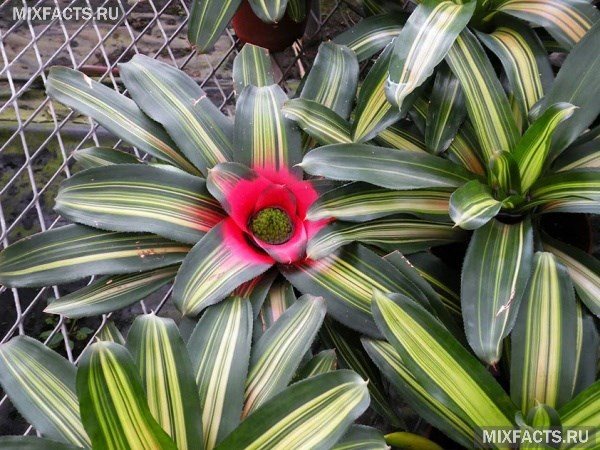

neoregelia
Cissus
This shade-loving climbing plant for the home is known to many of our readers under a different name - indoor birch. Curly shoots are covered with green leaves, which are very similar in shape to birch. On the shoots, you can see curved tendrils, with the help of which the plant clings to the support.
Cissus is suitable for office, home and children's rooms. It grows well on poles and in planters, creating a real green wall. The plant is unpretentious. Does not tolerate bright light - the sun's rays can cause discoloration of the sheet plates.
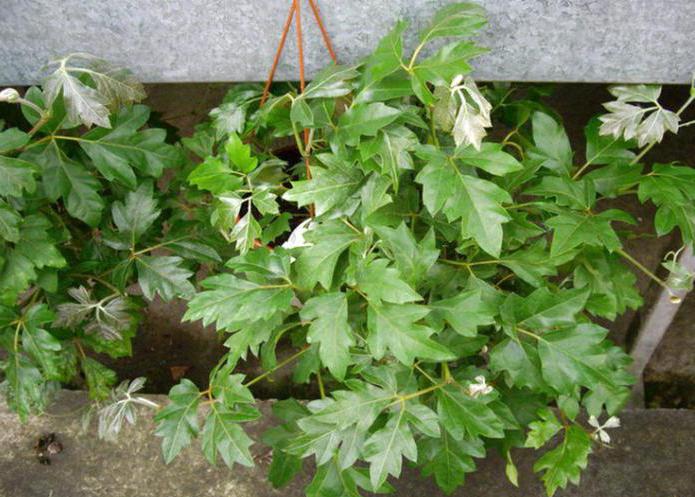

Monstera
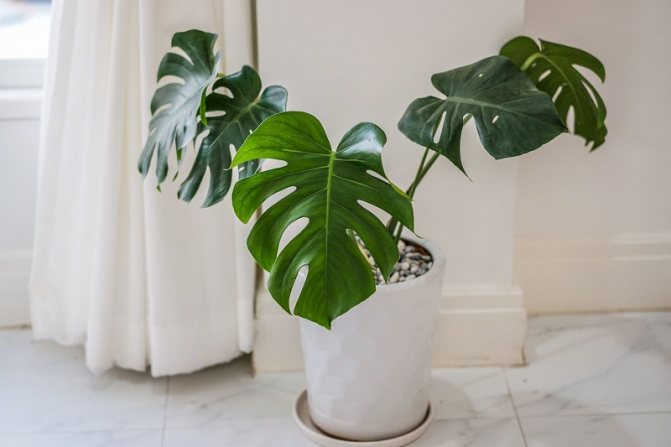

Large plant with dissected leaves and aerial roots.
During the daytime, the monstera actively releases oxygen. The dark color of green leaves adjusts to the working mood, the plant is appropriate in classrooms, libraries, offices. At night, the opposite process takes place - the flower absorbs oxygen, therefore it is not suitable for placement in bedrooms and nurseries.
Monstera thrives well in shaded areas, but does not like frequent movements. Give the plant some space, water sparingly, and admire its lush greenery.
Clivia
This plant does not tolerate bright light. Clivia grows annually, subject to a full winter rest, during which the plant is moved to a cool room (temperature below +12 ° C), watering is reduced to a minimum and fertilization is stopped.
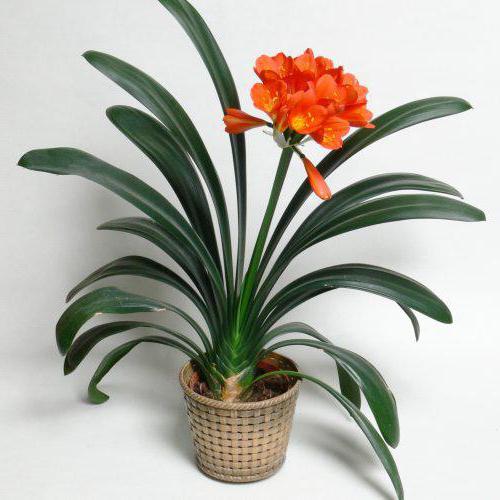

Bell-shaped yellow, orange and red flowers are collected on a high peduncle in inflorescences. They look very impressive.
Cacti and succulents for northern windows
Cacti for northern windows? Is that possible? Native to the desert, cacti are believed to need a lot of sunlight. But we must not forget that among the huge variety of cacti and succulents there are also those that grow in their homeland in the forest, under the canopy of tree foliage or on the plains in dense grass that covers them from the bright sun. On the north window, you can collect a collection of cacti and succulents that do not need the sun. But there should be enough light, i.e. there is no wall or trees blocking the light opposite the window.
Rhipsalidopsis
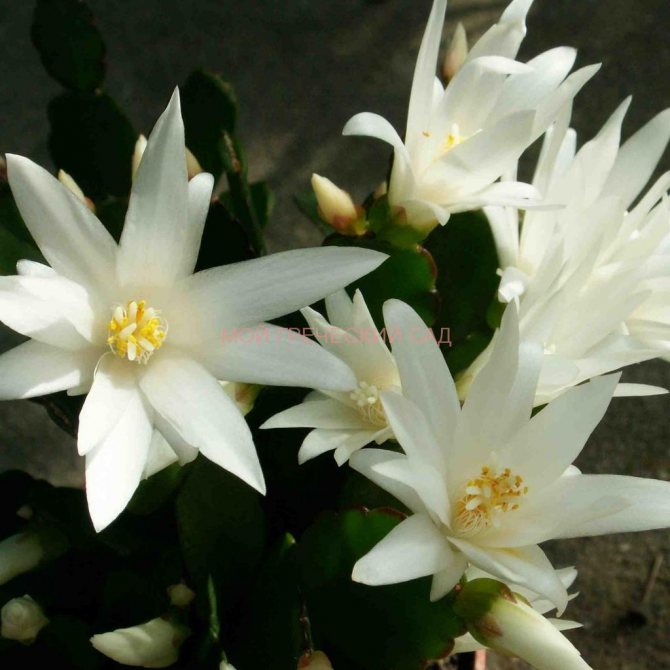

A small forest cactus blooming for Easter. For this he bears the name "Easter cactus".
Decorative deciduous
The main advantage of ornamental deciduous plants is spectacular color of their leaves... At the same time, flowers can be small and inconspicuous.
Sansevieria
This plant of "strict lines" amateur flower growers call "mother-in-law's tongue" and "pike tail". Many varieties have been bred with various color combinations in the color of leathery leaves.
In partial shade, the contrast of color spots becomes brighter... In favorable conditions, sansevieria blooms, throwing out long "candles" of white and yellowish inflorescences.
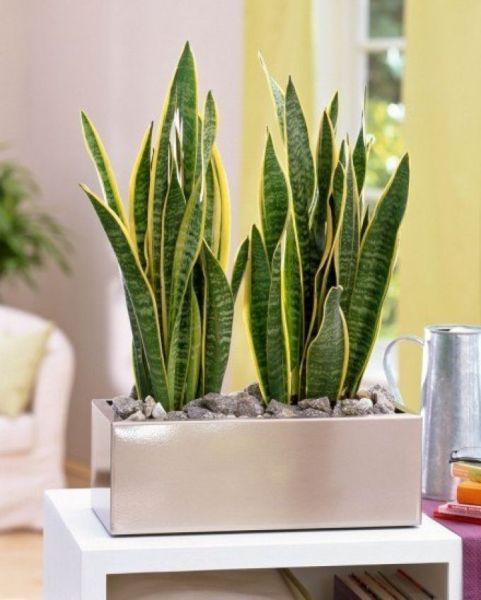

Sansevieria
Ferns - love dark places
Among the many types, you can choose for both home and office, large or compact species. For example, broadleaf Asplenium or delicate thin-leaved Maidenhair (Venus hair).
Fat woman (money tree)
The money tree does not tolerate shade well, but feels comfortable in dim lighting. Abundant watering is not required.
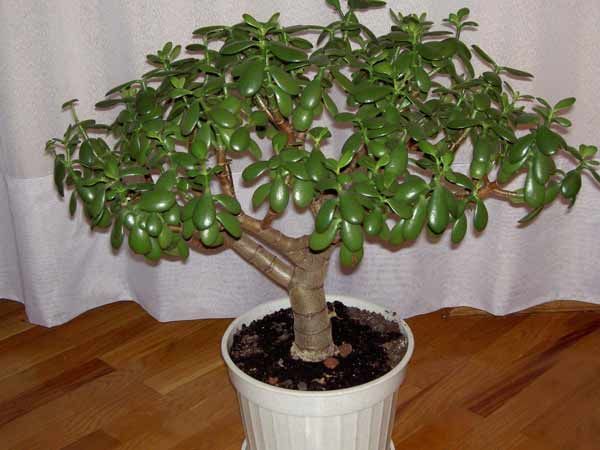

Money Tree
Ficus
Compact ampelous and dwarf species need partial shade, they bright light is contraindicated... Moderate watering, air humidification, temperatures above 12 degrees are required.
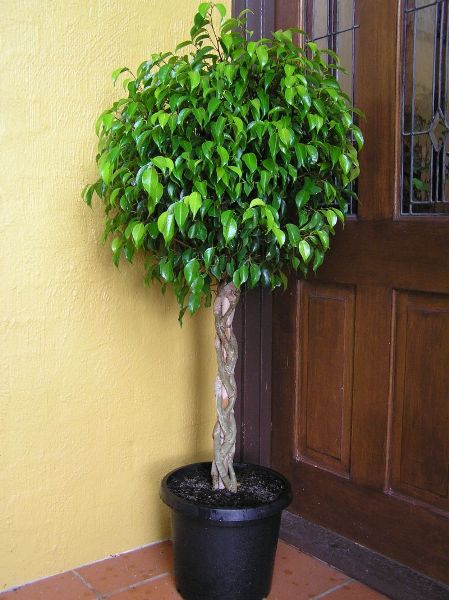

Ficus
Sheflera
It takes root well in a bright room, but at some distance from the window. Frequent spraying of the leaves is required and the temperature is maintained at 12 to 20 degrees. Bred compact and large species.
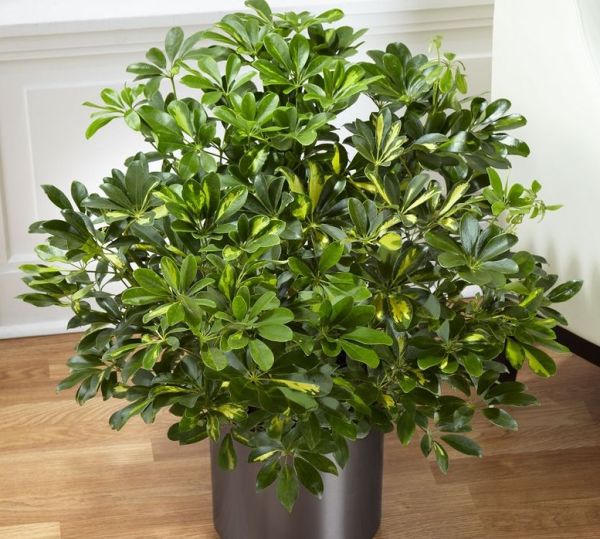

Sheflera
Chlorophytum crested
Even beginners in floriculture, some of the names of shade-loving plants for the home are well known. Undoubtedly, chlorophytum can be attributed to their number: today it is difficult to imagine the design of a home or office without this flower. An unusually spectacular plant with elegant lanceolate leaves collected in dense rosettes, producing elastic long lashes not only with inflorescences, but also with new rosettes that can take root, belongs to plants that are well known and loved by many.
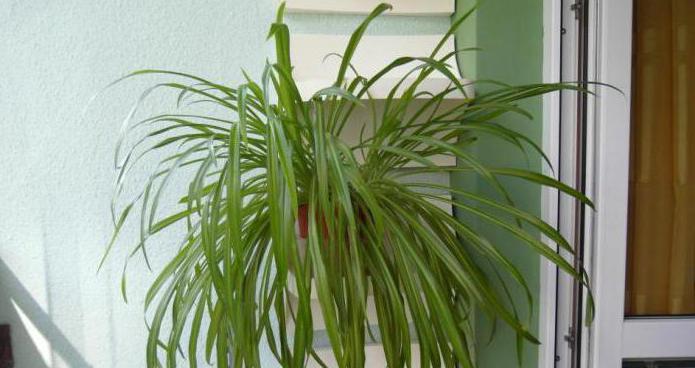

It would seem that the usual chlorophytum is no longer able to surprise anyone, but its new varieties that have appeared in recent years, having curly or wide leaves similar to garden chard or spinach, delight even experienced flower growers.
Chlorophytum is equally beautiful in a pot and in ampelous culture. In height, this plant does not exceed 40 cm, although its spreading lashes can cover quite large areas and create incredibly beautiful cascades. Chlorophytum belongs to those shade-loving plants for the home that can withstand almost any conditions. It transfers not only diffused light, but also full shadow.
True, if you want your chlorophytum to grow in the shade, you must gradually accustom it to the reduction of light: a sharp change in growing conditions can provoke a loss of decorativeness. If young plants are grown in the shade, there will be no problems. Chlorophytum feels equally comfortable both in heat and in coolness, it tolerates even very dry air and is surprisingly easy to care for. The only thing worth watching is the state of the substrate: it should neither be overdried nor overmoistened.
Palm plants
Indoor palm varieties are popular with flower lovers. They grow tall, with large leaves, decorating spacious, shaded spaces, perfect for offices and corridors.
Dracaena
Dracaena in nature grows into a huge tree. In a greenhouse or at home, it also has a decent height, but it grows slowly. Very similar to a palm tree. It is also called the "dragon tree". It can grow on the sunny side, but it is more comfortable in the shade. Loves moisture, but no overflow is needed. Reacts well to frequent spraying of leaves. Sometimes young thin stems are curled in fancy patterns.
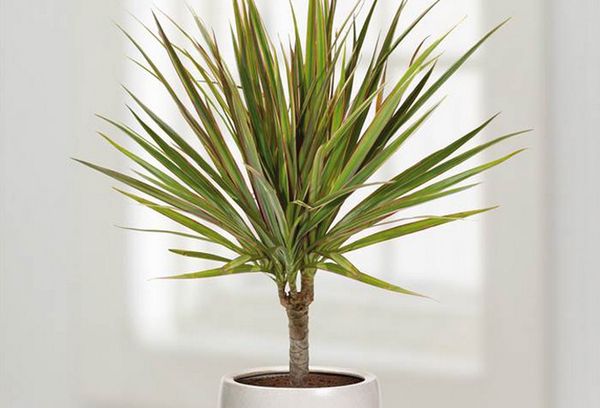

Ficus
Ficus is the hero of children's poetry, because his grandmother's favorite. Broad shiny leaves, powerful trunk. Loves good watering, leaves need to be wiped regularly from dirt. Painful about moving around the room and moving. May drop leaves completely in protest. Then they grow back. It decorates with its presence large rooms, winter gardens, corridors of institutions. The ficus has many varieties, among them there are even liana-like ones that intertwine significant spaces.
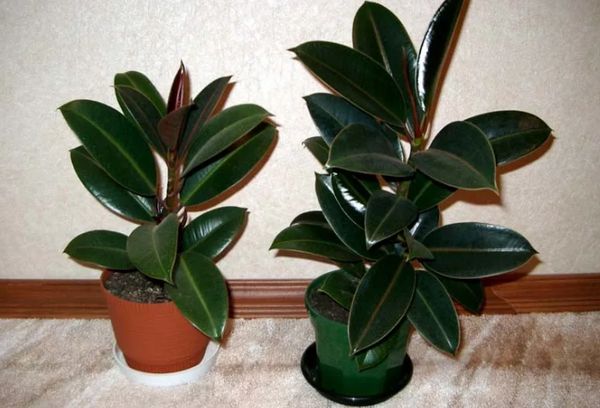

Monstera
Monstera is easily recognizable by its huge carved leaves. This is a type of vine, it weaves and grows, clinging to the support. She needs space and shade.In the Vorontsov Palace in the Crimea, in the winter garden, a huge monstera has been preserved - a witness of the last century, according to the guides. By the way, the young monstera leaves are not cut, but whole.
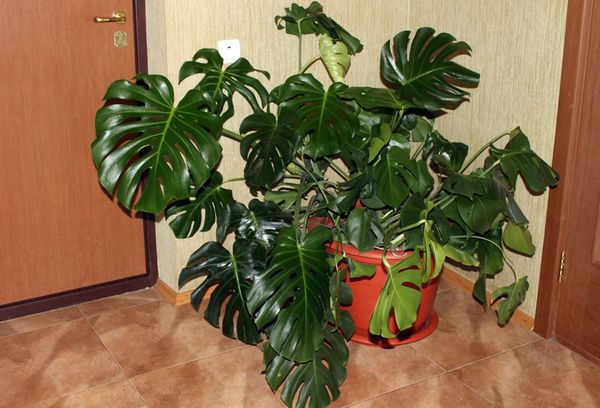

Hamedorea
A well-known and beloved palm tree. It grows slowly. Another name is bamboo palm. Loves good watering, frequent spraying of foliage, needs a warm shower twice a month. Cheerful, dense, green foliage requires hiding it in the shade.
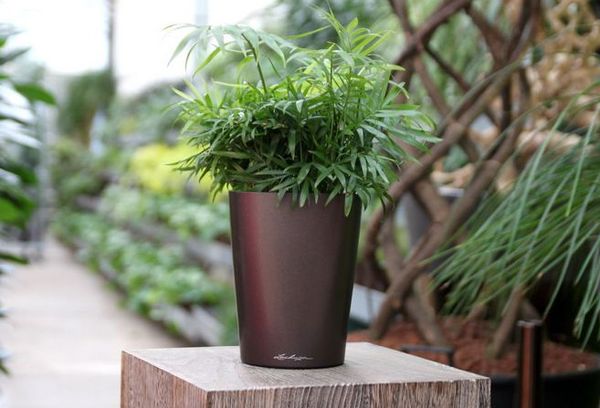

The most common and popular shade-tolerant plants
Often, modern apartment buildings are built in such a way that the shadow side prevails in the living space. It is the lack of intense light and the simultaneous desire to do floriculture that determines the popularity of shade-tolerant plants.
The opinion is erroneous that shade-tolerant crops are less attractive than light-loving ones. Indoor flowers of this type can please not only with a variety of colors, textures and shapes of leaves, but also with their unpretentiousness. And to make sure of the beauty and uniqueness of these plants, just look at their photos with very interesting names.
Ampel shade-tolerant plants and their photos
Ivy
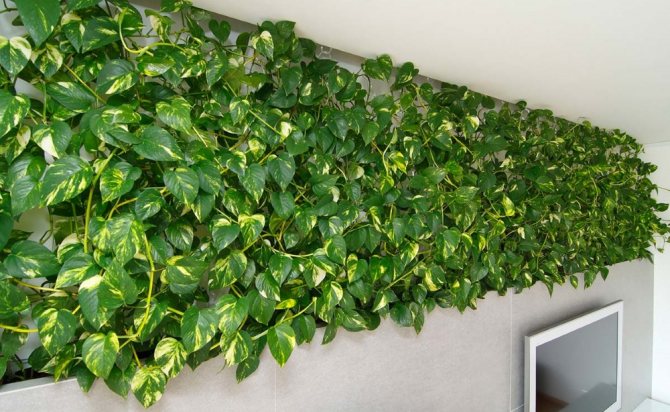

Indoor flower with lush star-shaped greens of dark green or variegated color. Adapts to any light, but variegated varieties require more light. Ivy is insensitive to drafts, but does not like frequent rearrangements. The sap of the plant is poisonous and can irritate the skin.
Green-leaved syngonium
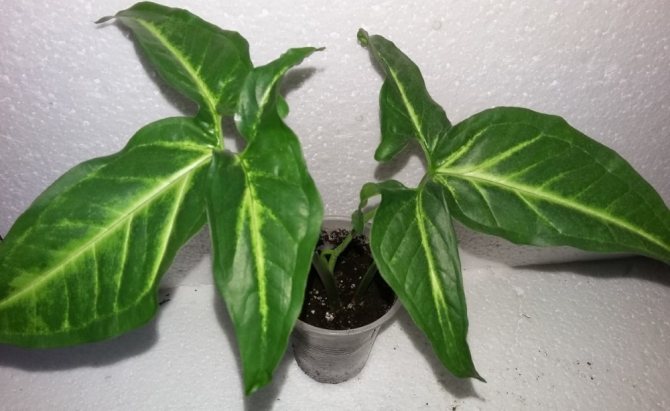

A graceful liana that attracts the eye with leaves of an unusual arrow-shaped shape. Their color can vary from matte red to snow-white and almost black. It grows fast enough, requires abundant watering and moderate indoor humidity. The best place to set the pot is in the east window.
Everything about the care and cultivation of Syngonium at home.
Creeping callisia
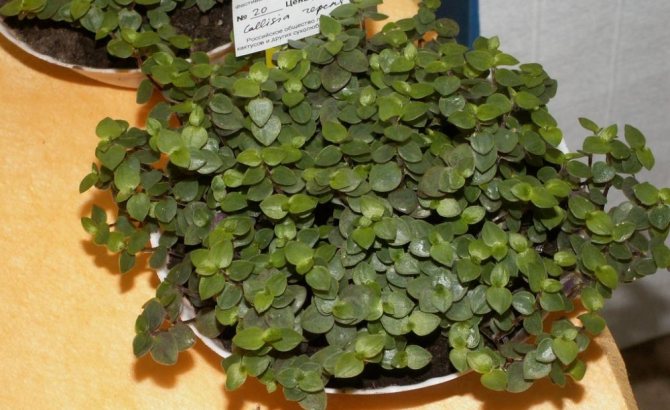

A beautiful ornamental plant with evergreen lush foliage. Creeping stems reach a height of no more than 10 cm, but in length they can grow more than a meter. Winter watering should be economical, in other seasons - moderate. It is necessary to avoid bright sun, otherwise burns cannot be prevented.
Peperomia
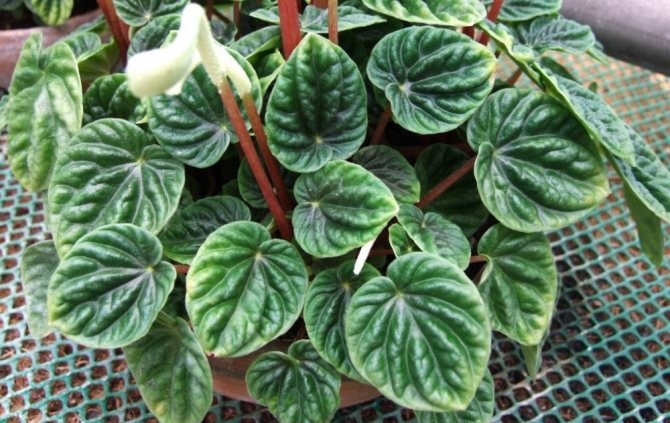

Ampel shrub, reaching a size of 20 cm in a pot, some species grow up to 50 cm. The optimum temperature for growing in summer is up to 24 degrees, in winter from 15 to 18. The ideal place to grow is the humid atmosphere of the kitchen. Requires daily spraying and moderate lighting.
Find out more about the features of caring for the home plant Peperomia.
Roicissus rhombic
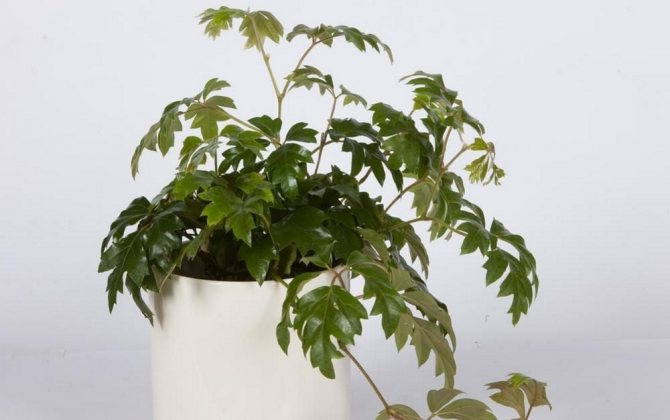

Climbing plant, popularly referred to as "birch". It can reach a height of 1.5 meters, leaves, stems and petioles are covered with red pubescence. Feels comfortable at room temperature, can even be in the bright sun. In warm weather, watering should be abundant, in winter - economical.
Tradescantia
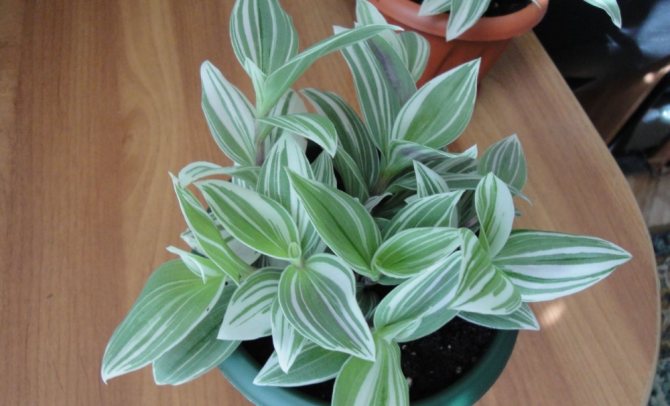

Another representative of creepers with green or variegated elliptical leaves. To preserve its decorative qualities, it requires partial shade or bright lighting without direct sunlight. Easily propagated by cuttings. Looks harmoniously on a wardrobe, mezzanine or hanging pots.
Read about growing Tradescantia and its benefits.
Epipremnum
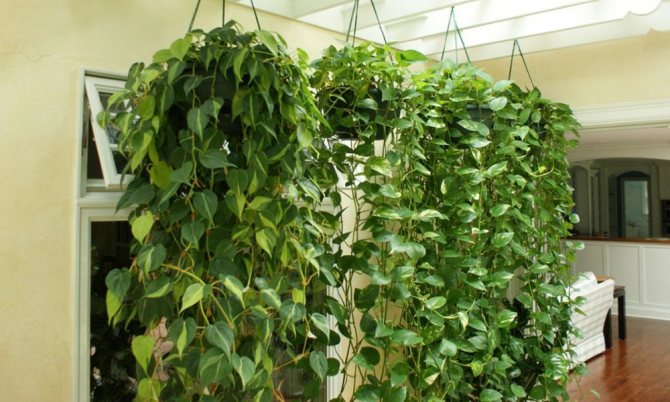

This plant is widely used in eco-design, often to create green walls. It reaches 3 meters in length and grows at lightning speed. Can adapt to any lighting conditions. Among the variety of epipremnums, there are vines with light green colors and more variegated specimens.
Scindapsus
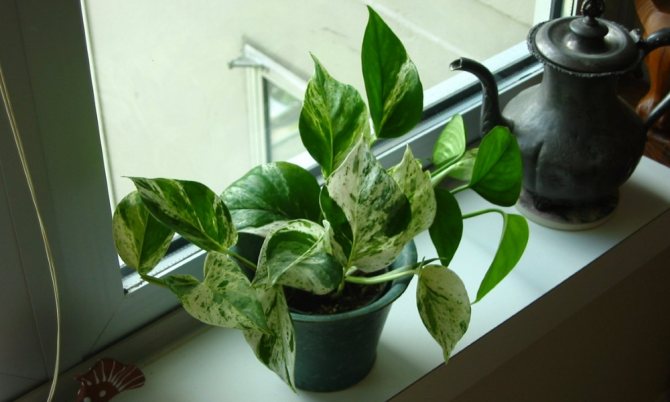

It has oval-shaped leaves with streaks of yellow and white. Feels great in modern apartments and grows quickly. Loves shaded areas, high humidity and frequent, abundant spraying.To preserve the splendor of the flower, it is necessary to periodically prune.
We suggest reading a full review of the Scindapsus indoor plant.
Aglaonema is changeable
This shade-loving home plant has many varieties and varieties that differ in the shape or color of the leaves. Oval and lanceolate, bright green and yellow with silvery, gray, yellow, cream stripes and spots, leaves create amazingly beautiful bushes.
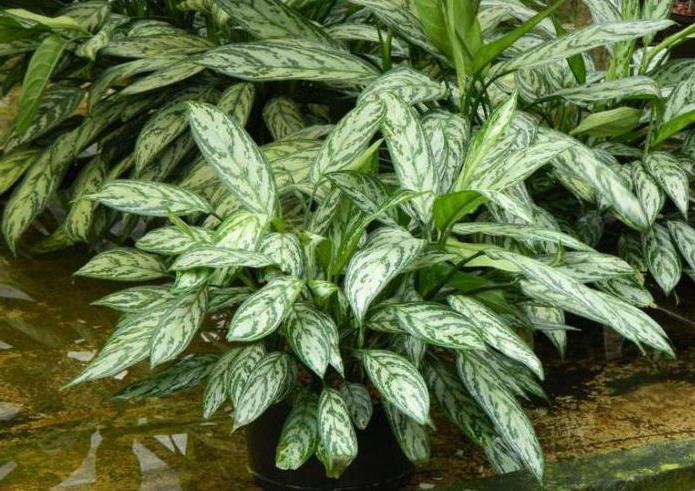

It seems that a shrub plant with a height of 30 to 60 cm consists only of leaves tightly pressed against each other, which create a beautiful sod, while the stem is almost invisible. Shades of silver and green look festive and fresh. With proper care, aglaonema blooms even in indoor conditions, forming original inflorescences-cobs with a snow-white stipule-blanket. Despite the spectacular silver varieties and their tendency to partially lose patterns in shading, aglaonema does not lose its decorative effect even in a significantly shaded place.
Palm trees and large trees for the house, growing in partial shade
Such plants will decorate a spacious room, office or winter garden.
Dracaena
A tree-like plant with a contrasting coloration of narrow, long leaves. Depending on the type of dracaena, it grows from 70 cm to 3 m in height. To preserve decorativeness, it is necessary sufficient, but not bright lighting, moderate moisture.
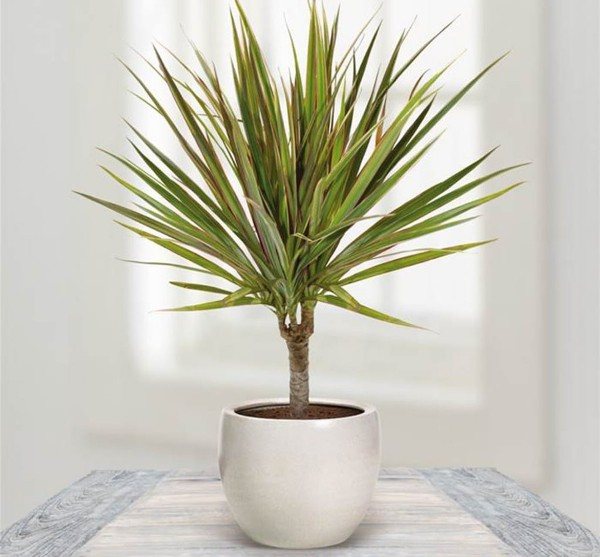

One of the types of dracaena
Cordilina
Height from 0.5 to 2 meters... Often grown in tubs. It differs not only in a variety of colors, but also in the shape of the leaves: they are very narrow, long, lanceolate, wide, round. Cordilina is often confused with dracaena.
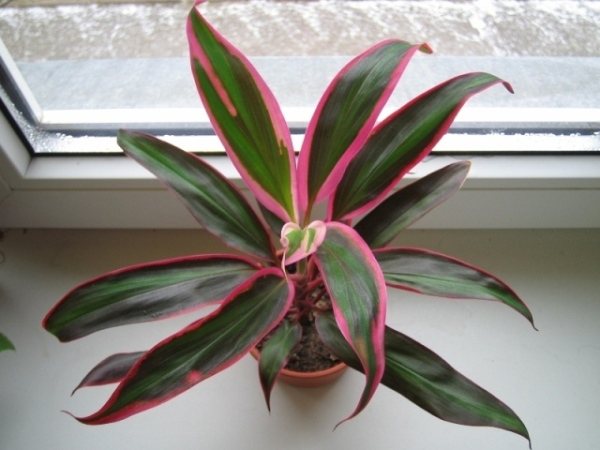

Cordilina on the windowsill on the north side
Monstera
Can't stand bright lighting at all... Loves "water treatments" - wiping and polishing leaves, spraying, abundant watering in summer and moderate in winter.
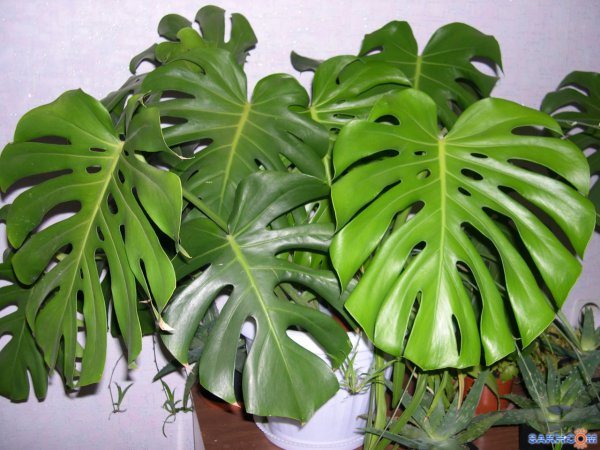

Monstera
Palm
Under this name, various species are combined that have one feature: a single growth point at the top of the stem. Most palms grown in indoor culture love partial shade, abundant watering in summer and less intense in winter, humid air.

